
Teeth Implants: The Revolutionary Journey Towards Dental Implants
It’s a revolutionary concept that has transformed the way we think about tooth replacement. This term, commonly known as dental implants, refers to the process


It’s a revolutionary concept that has transformed the way we think about tooth replacement. This term, commonly known as dental implants, refers to the process
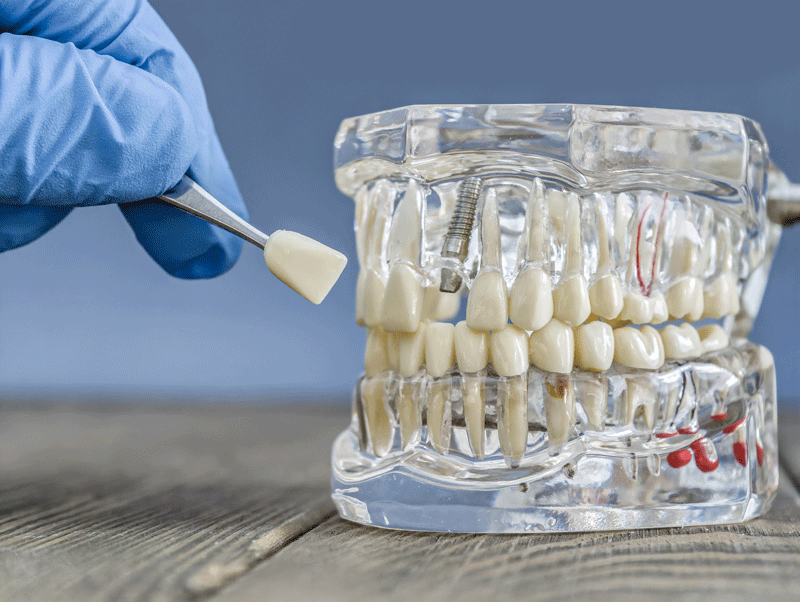
Tooth loss can be a distressing experience, impacting not only your aesthetics but also your overall oral health. When you lose a tooth, it creates
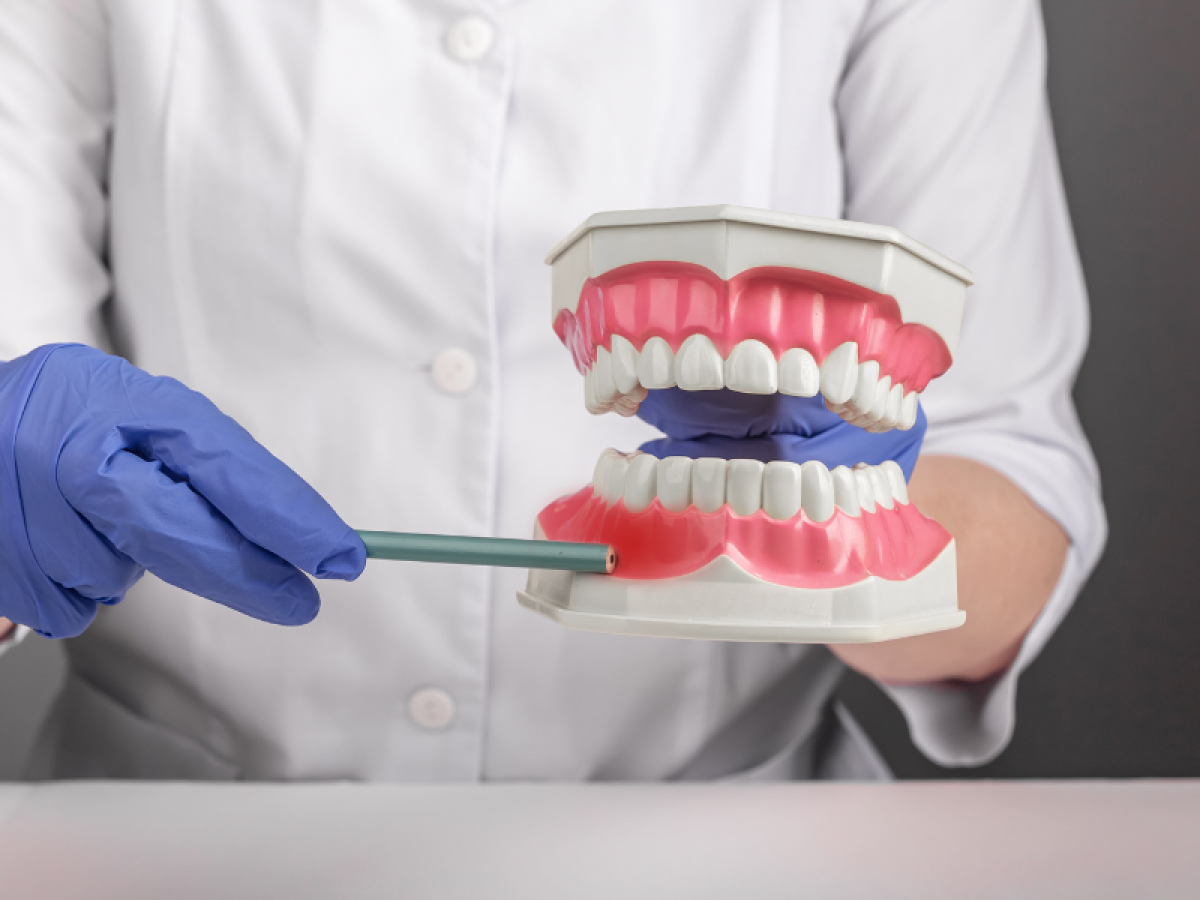
Periodontal disease is a term describing infection of the tissues which surround a tooth including the gums or the root of the tooth. There are
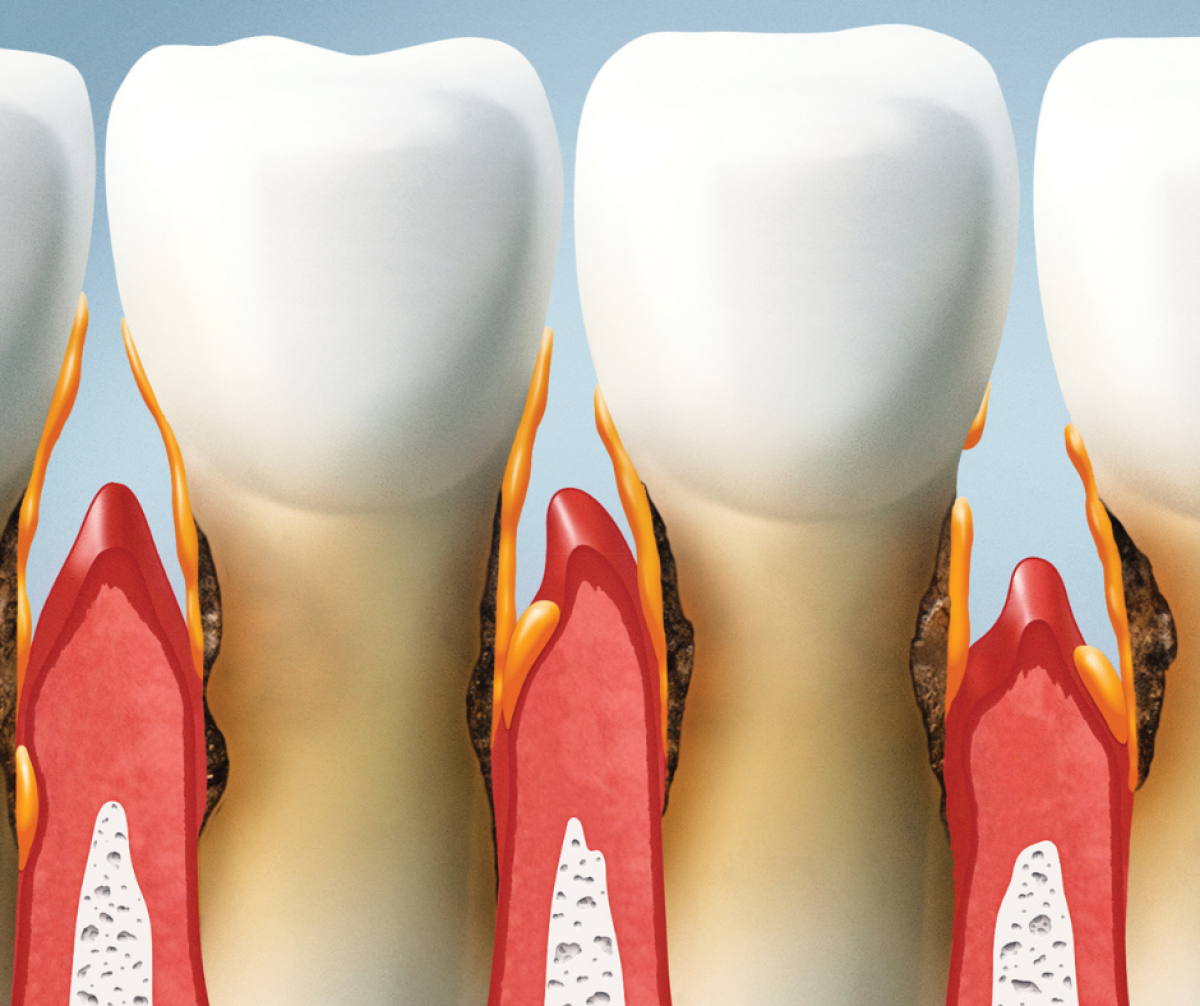
Does it seem like every time you eat, you have food that’s getting caught or packed between certain teeth? May-be you can’t leave a restaurant
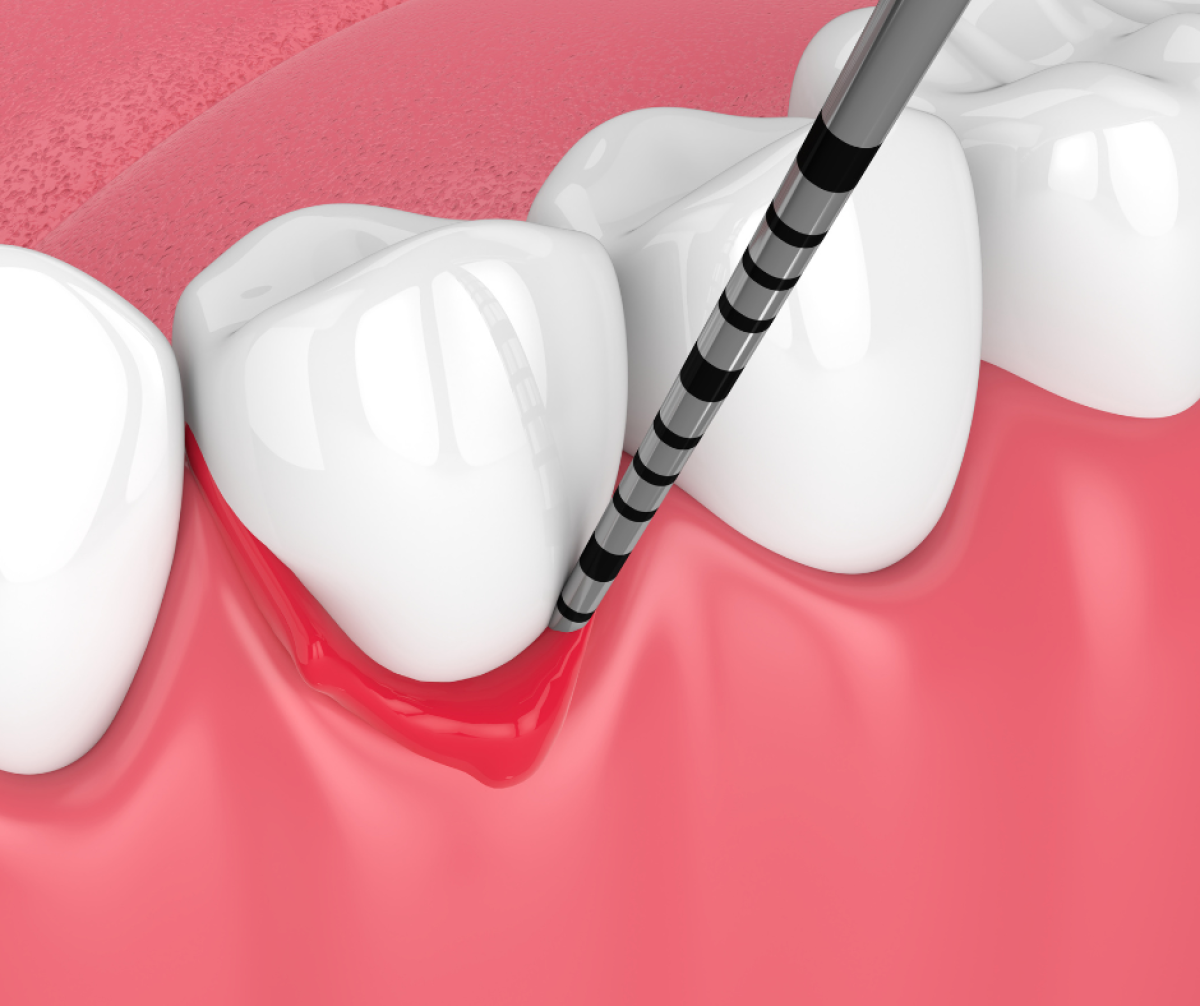
Think back to the last time you had a dental exam, where the hygienist or dentist repeatedly called out a series of numbers, such as
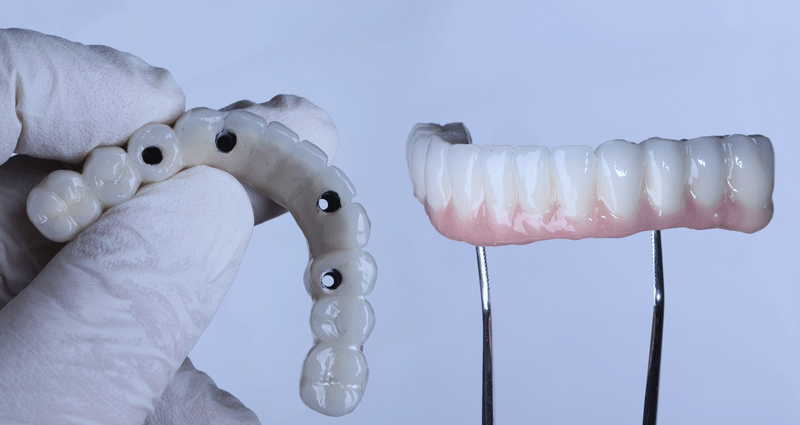
Dental implants in Geneseo, NY, have revolutionized the field of restorative dentistry, offering a reliable and aesthetically pleasing solution for tooth loss. These dental prosthetics
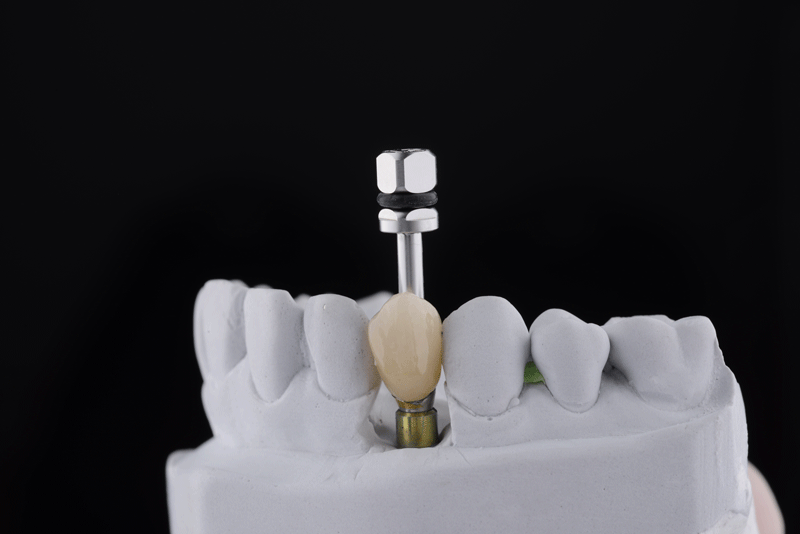
Dental implants are titanium posts surgically placed into the jawbone to replace missing teeth roots. Unlike dentures or bridges, implants fuse with the bone, offering